Keeping your succulents happy and healthy doesn’t have to be complicated, and a little bit of fertilizer can go a long way! While these hardy plants don’t need as much feeding as other houseplants, giving them the right nutrients at the right time can make all the difference. Let’s dive into the simple yet essential steps to properly fertilize your succulents and keep them thriving!
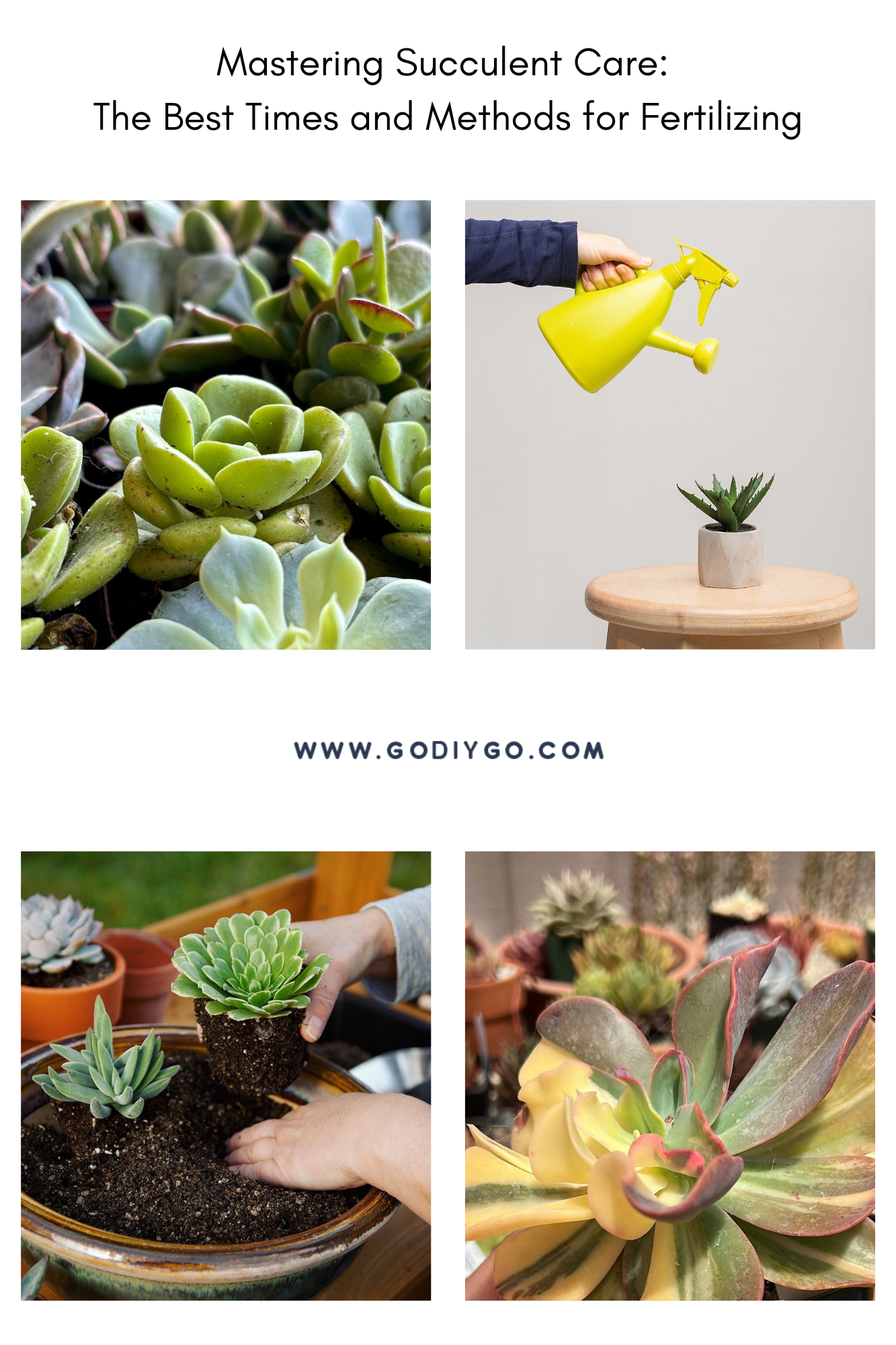
When to Fertilize Succulents
Succulents don’t need a ton of food, but giving them a little boost now and then can really help them thrive. The best time to feed your succulents is during their growing season, which is usually in spring and summer. This is when they’re actively growing, putting out new leaves, and soaking up the sun, so they’ll benefit from the extra nutrients. A monthly feeding during this period can really help your succulents stay healthy and vibrant.
In winter, though, things slow down a lot for most succulents. They go into a sort of dormancy, where their growth halts or slows significantly. During this time, they don’t need much in the way of food because they’re not growing and using up resources like they do in the warmer months. Over-fertilizing during their dormant period can actually harm them, so it’s best to skip or drastically reduce feeding in winter. This seasonal approach ensures your succulents get what they need when they need it, without overwhelming them.
How Often to Fertilize
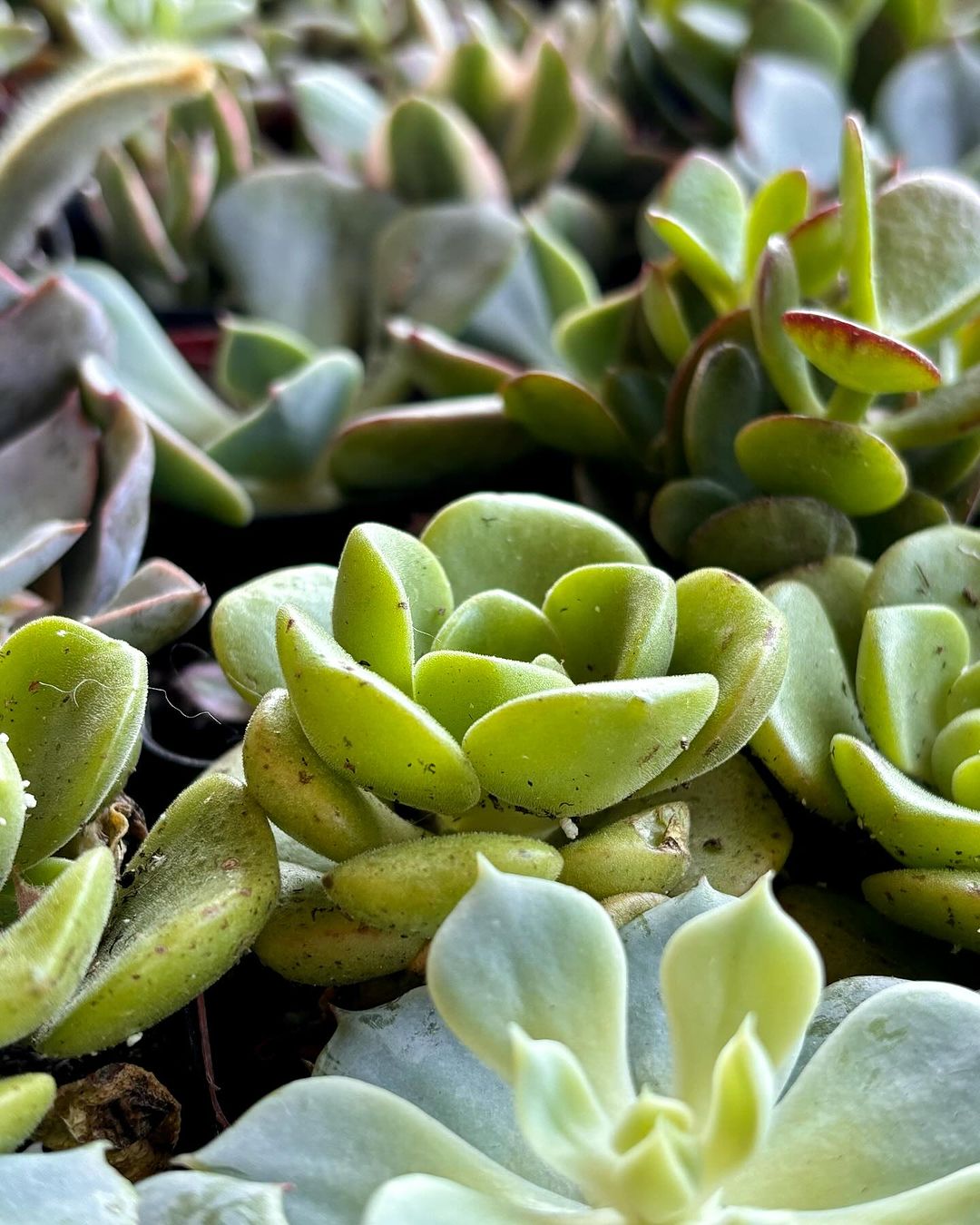
Fertilizing succulents is key to vibrant growth and health, typically done once every 2-4 week during their active growing season. @Rootedplantco
When it comes to fertilizing your succulents, a good rule of thumb is to feed them about once a month during their growing season, which typically falls in spring and summer. This is when they are actively putting out new growth and can benefit the most from a nutrient boost. However, it’s important to remember that succulents are quite sensitive to over-fertilization. To avoid giving them too much, it’s often recommended to dilute the fertilizer to half or even a quarter of the recommended strength. This gentle approach ensures that your succulents get the nutrients they need without being overwhelmed, keeping them healthy and vibrant.
Types of Fertilizers
1. Balanced, Water-Soluble Fertilizer
A balanced, water-soluble fertilizer is a versatile choice for feeding your succulents. These fertilizers have equal proportions of nitrogen (N), phosphorus (P), and potassium (K), often labeled as 10-10-10 or 8-8-8. Nitrogen promotes healthy leaf growth, phosphorus supports root development and flowering, and potassium aids overall plant health and disease resistance. To avoid over-fertilizing, dilute the fertilizer to half or even a quarter of the recommended strength before applying it. This dilution helps ensure that your succulents receive a gentle, steady supply of nutrients without the risk of nutrient burn or buildup.
2. Specialized Succulent Fertilizer
Specialized succulent fertilizers are designed specifically with the unique needs of succulents and cacti in mind. These products provide the right balance of nutrients in the correct proportions, ensuring that your succulents get exactly what they need to thrive. These fertilizers often have a lower concentration of nitrogen compared to balanced fertilizers, reducing the risk of overgrowth and maintaining the compact, robust form that is characteristic of healthy succulents. Using a specialized succulent fertilizer simplifies the feeding process, as you can trust that the formulation is tailored to your plants’ requirements.
3. Organic Options
For those who prefer a more natural approach, organic fertilizers like compost tea or diluted fish emulsion are excellent choices. Compost tea is made by steeping compost in water, creating a nutrient-rich solution that can be watered directly onto the soil. It provides a broad spectrum of nutrients and beneficial microorganisms that improve soil health and support plant growth. Diluted fish emulsion, another organic option, is made from processed fish and is rich in nitrogen, phosphorus, and potassium, along with trace elements. It offers a natural, slow-release source of nutrients that can enhance the overall health and vitality of your succulents.
How to Apply Fertilizer
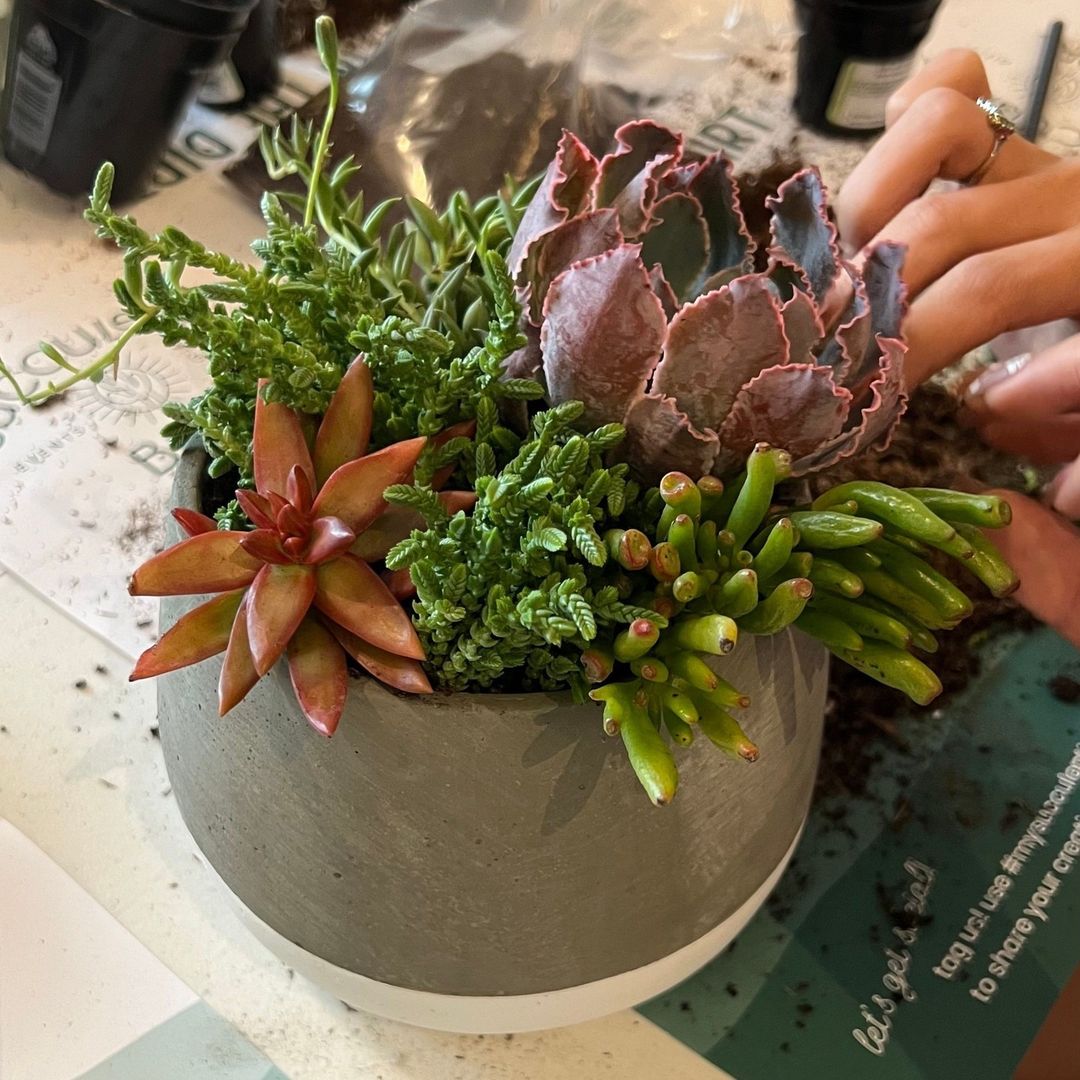
Dilute fertilizer to half strength to safely nourish succulents without overfeeding. @Succulentbarevents
- Dilute the Fertilizer: Mix the fertilizer with water according to the instructions on the package, but typically at a diluted strength. For example, if the instructions suggest a certain amount per gallon of water, use half or even a quarter of that amount. This gentle approach prevents over-fertilization, which can harm succulents.
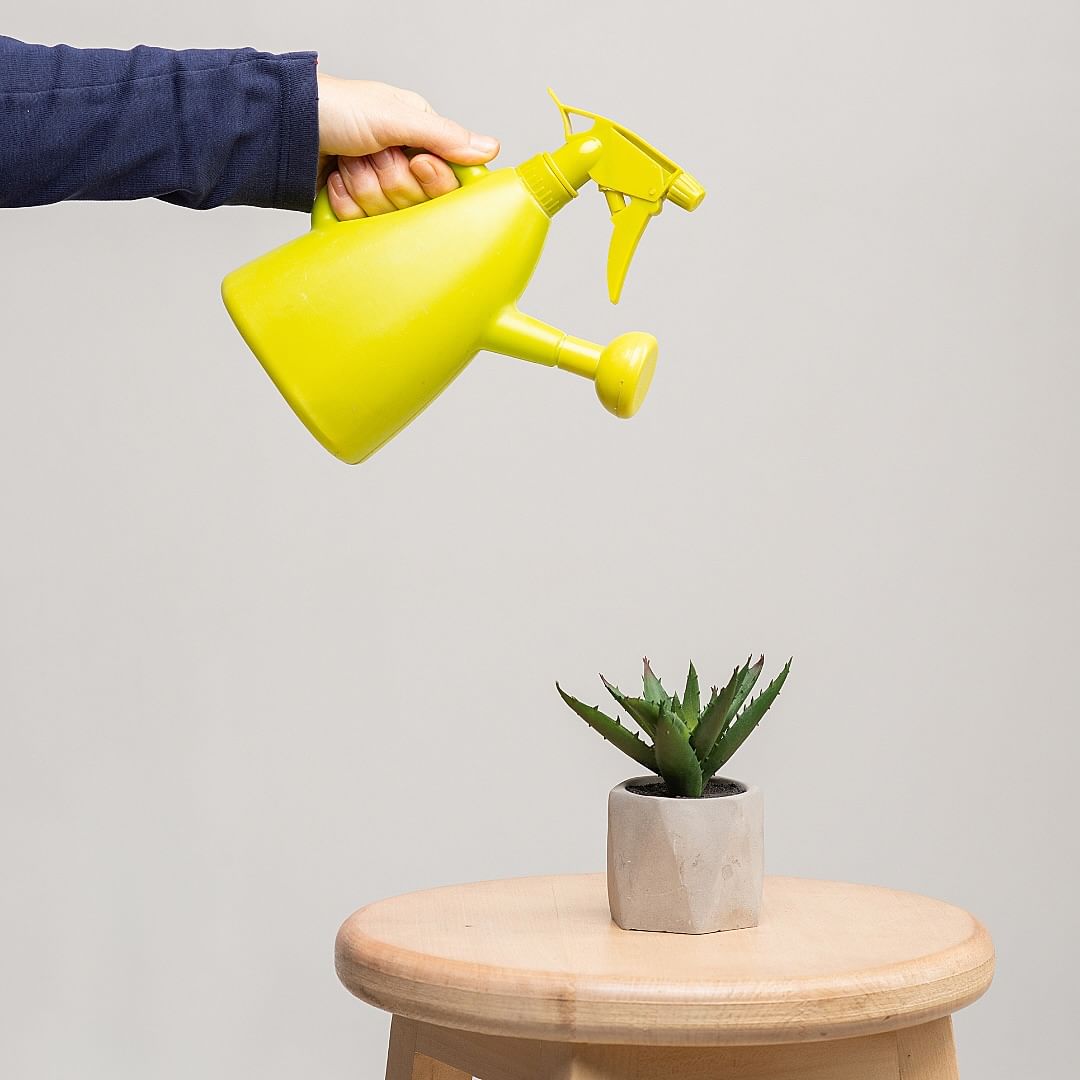
Water succulents before fertilizing to prevent root burn and ensure better nutrient absorption. @Turningheads.nz
- Water Before Fertilizing: Make sure the soil is already moist before you add fertilizer. Water your succulents as you normally would, ensuring the soil is adequately hydrated. This helps the roots absorb the fertilizer more effectively and reduces the risk of root burn.
- Apply Evenly: Pour the diluted fertilizer solution evenly around the base of each plant. Avoid getting the fertilizer directly on the leaves or stems, as this can cause burns. Even distribution ensures all parts of the root system receive nutrients.
- Follow Up: After applying the fertilizer, water the plants lightly again. This extra watering helps distribute the nutrients more thoroughly through the soil, making them more accessible to the roots. It also helps wash away any fertilizer that might have splashed onto the leaves.
Signs of Nutrient Deficiencies
While succulents are hardy plants, they can show signs of nutrient deficiencies, such as:
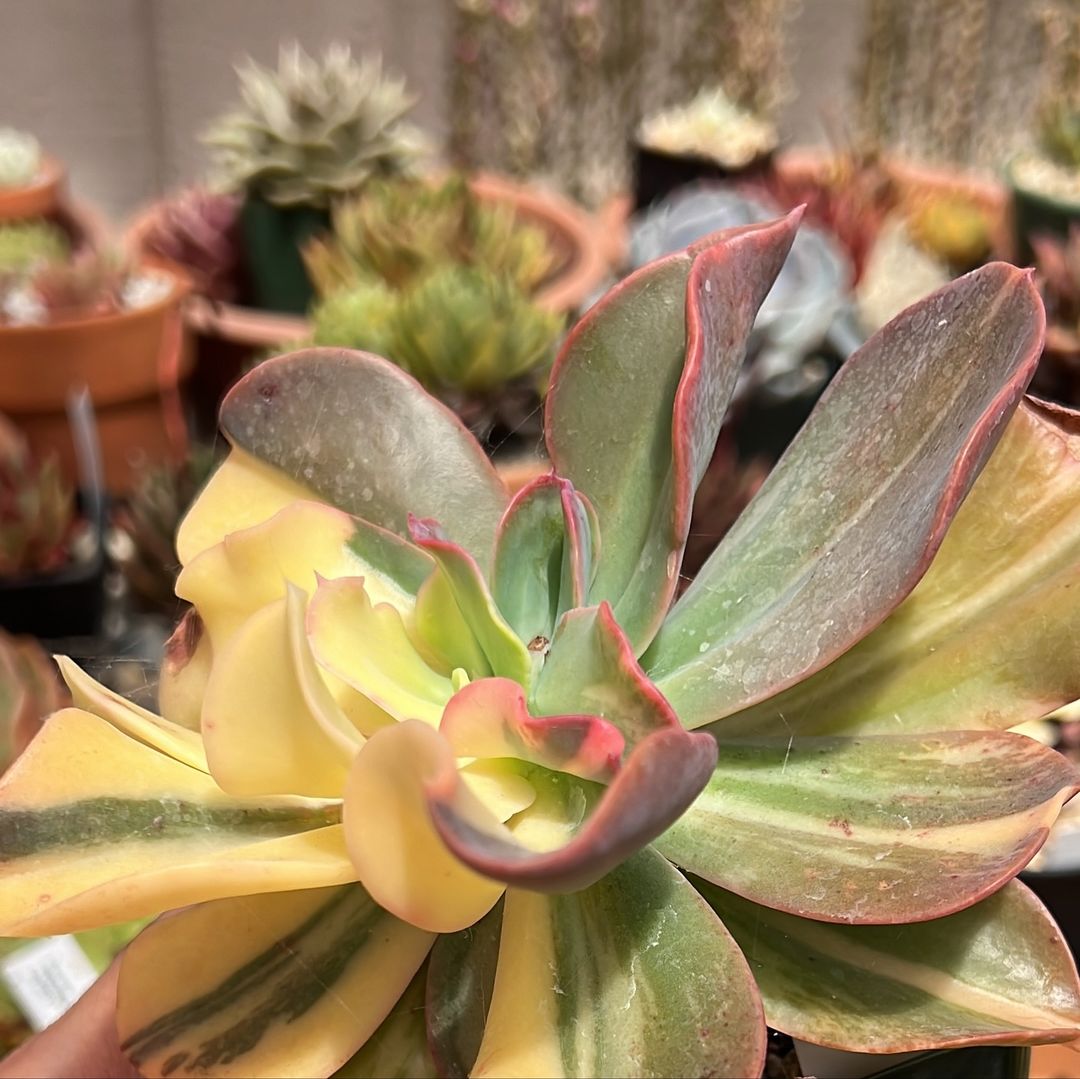
Yellowing leaves on succulents can indicate overwatering, poor drainage, or nutrient deficiencies. @tlcsucculents
- Yellowing leaves: This can indicate a lack of nitrogen.
- Stunted growth: A general lack of nutrients can cause slow or stunted growth.
- Pale or discolored leaves: This can be a sign of insufficient potassium or phosphorus.
Over-Fertilization
It’s crucial not to over-fertilize succulents, as this can lead to problems such as:
- Burned roots: Too much fertilizer can damage the roots, causing them to burn.
- Leggy growth: Excessive nutrients can cause succulents to grow too quickly and become leggy or stretched out.
- Salt buildup: Over-fertilizing can cause salt to accumulate in the soil, which can harm the plant.
Tips for Fertilizing Succulents
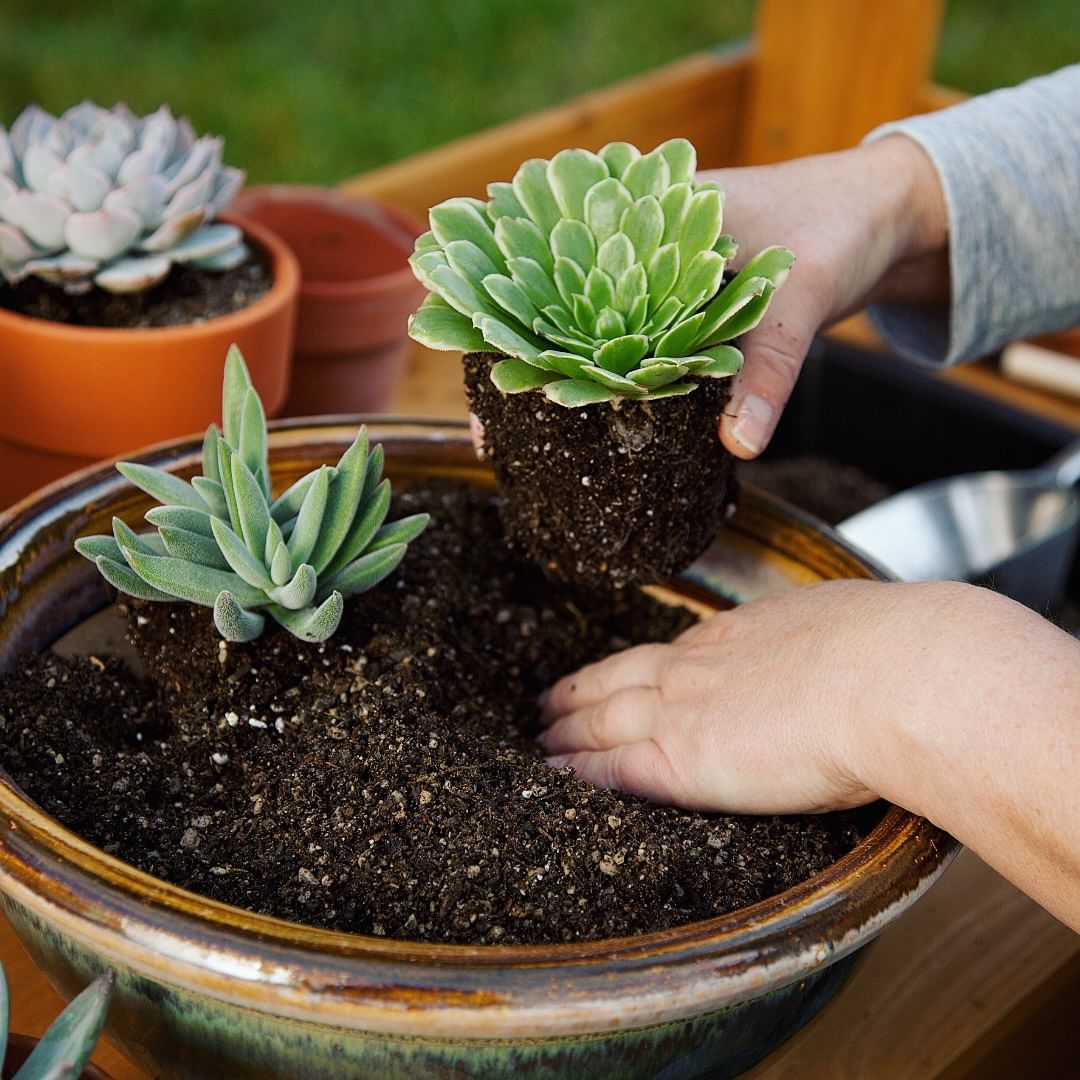
Use a gentle hand when fertilizing succulents to avoid overfeeding and ensure steady growth. @Turningheads.nz
- Use a gentle hand: Less is more when it comes to fertilizing succulents.
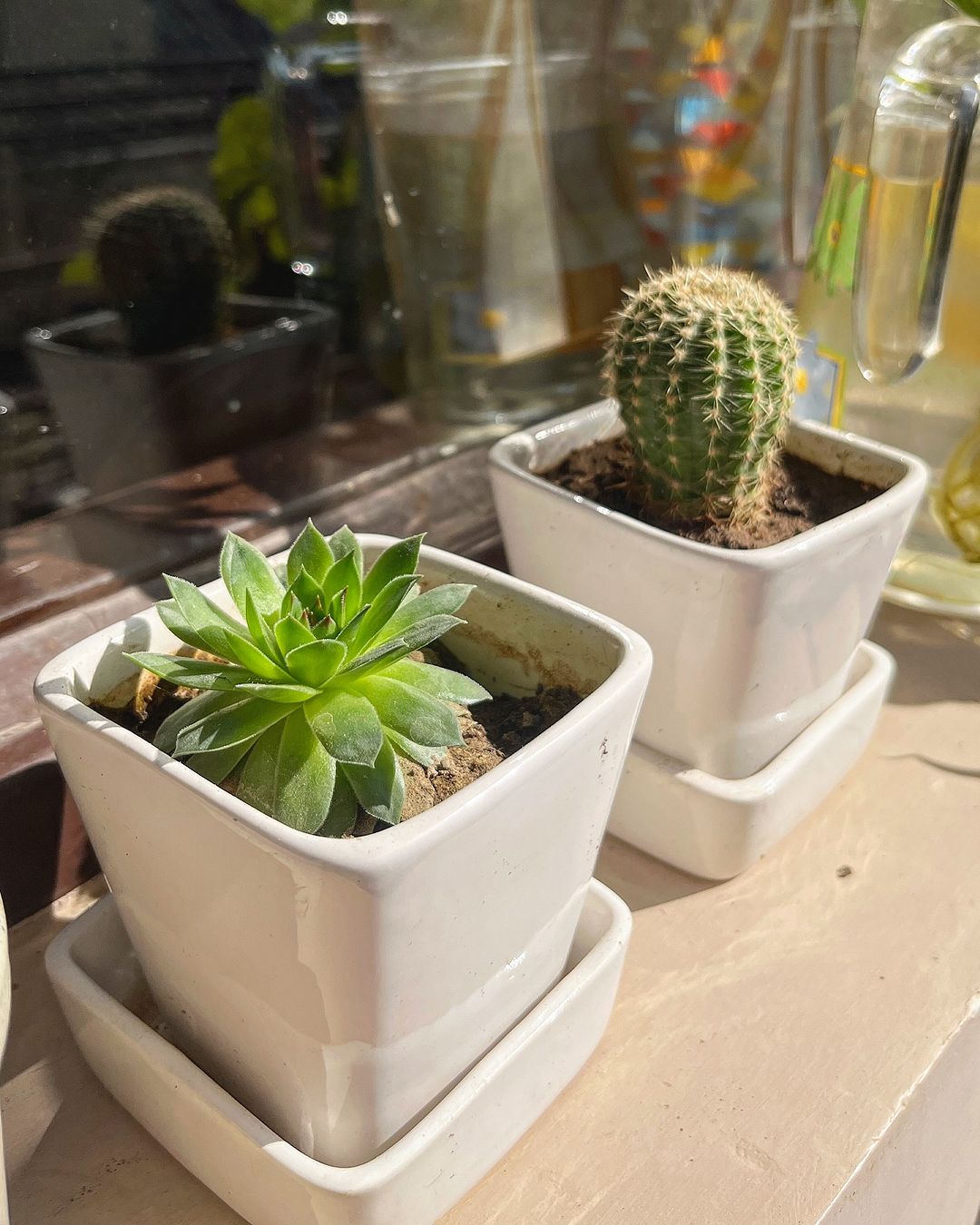
Observe succulents for signs of stress or health before fertilizing to apply nutrients effectively. @Bloom_petals
- Observe your plants: Monitor your succulents for any signs of distress after fertilizing and adjust the frequency or strength accordingly.
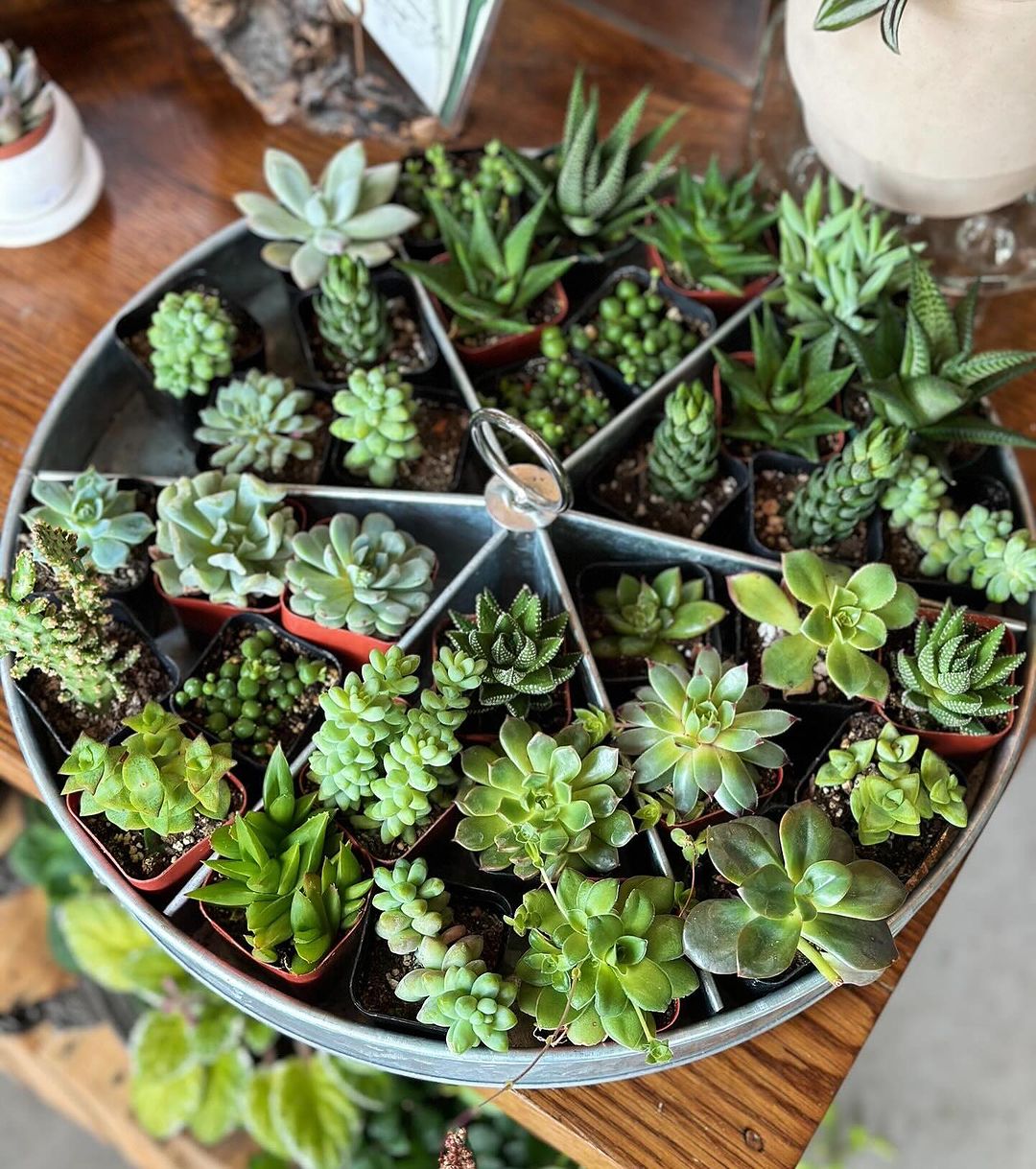
Observe succulents for signs of stress or health before fertilizing to apply nutrients effectively. @Petals_and_moss_dsm
- Choose the right time: Fertilize during the growing season for best results, and avoid fertilizing during the dormant period.
















